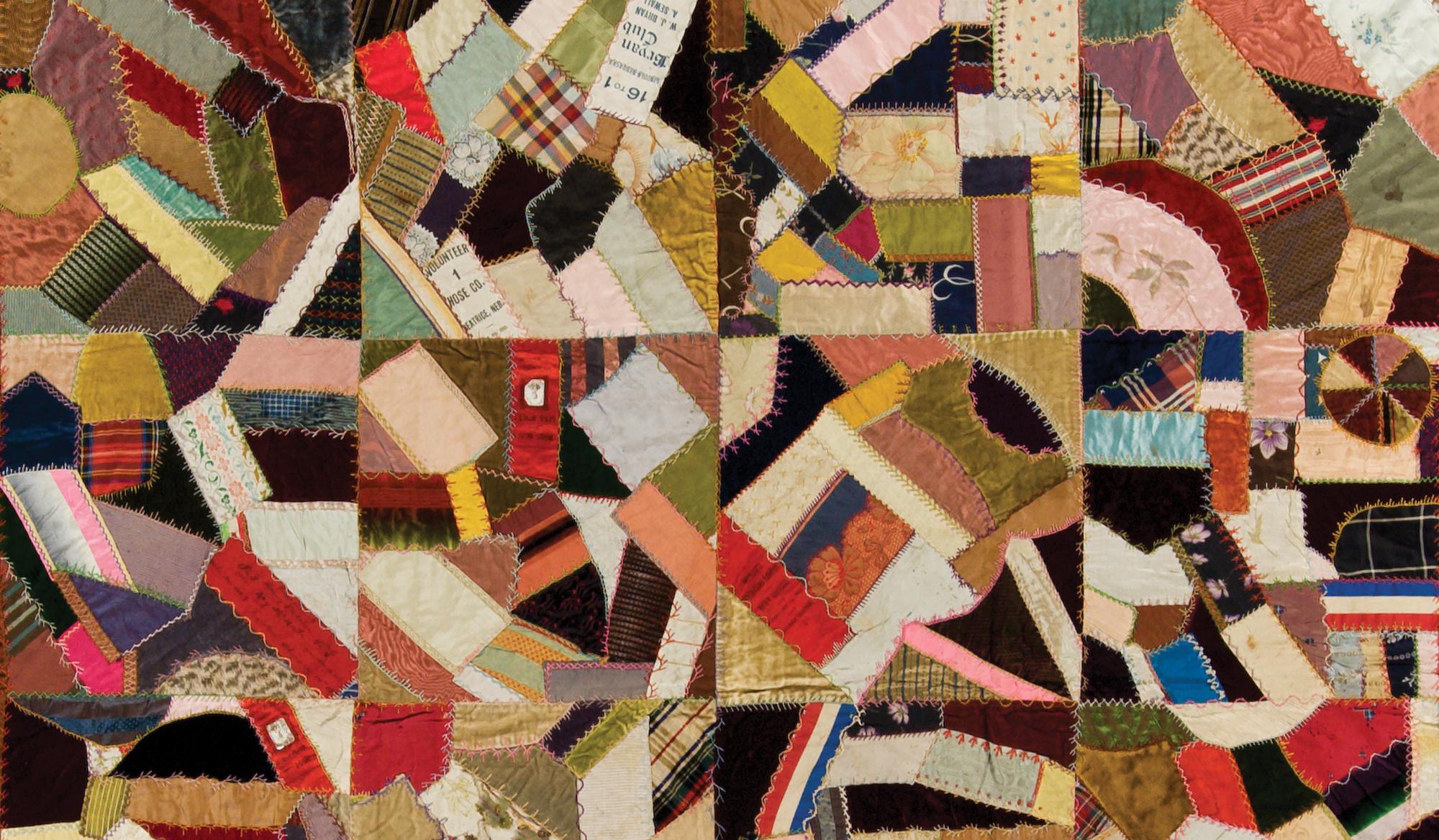Using tools like microscopes, magnifying lenses, and high-resolution digital cameras to closely examine antique quilts and textiles can reveal a great deal about their past and help us determine the best way to safeguard them—and other textiles like them—for the future.
Why should we preserve quilts and other heirloom textiles?
Textiles are an integral part of our daily lives and an important part of our cultural heritage. They can tell us about the people and cultures that came before us. They delight and inspire us. Many textiles have personal meaning; perhaps they were made by a close relative or family friend, or possibly owned by a prominent community member. Knowledge of handmade textile techniques is disappearing in our increasingly mechanized world. Consequently, preserving rare examples is ever more important.
What damages textiles?
Fluctuating temperature and humidity, light, pests and careless handling are all damaging to textiles. We can slow deterioration by controlling temperature and humidity and protecting them from prolonged light exposure. Artifacts should be checked regularly to guard against insect or pest damage, stored in archival materials and handled gently and carefully.
The objects in this exhibition are made of plant fibers, such as cotton or linen, and animal fibers, like wool or silk, which naturally break down over time. Some contain “inherent vices” - e.g. harmful dyes and chemicals applied during their production; objects with these inherent vices cannot be saved by human intervention. However, their inevitable deterioration can be slowed through proper care.
How can we protect textiles?
Museums devote a large portion of their resources to preserving objects for future generations. Staff members and volunteers receive special training in the care of textiles. Facilities are designed with preservation in mind; exhibition and storage areas are climate controlled and monitored for safe light levels and pests. Objects are stored and exhibited using specialized storage and exhibition materials.
At home, while duplicating museum conditions would be difficult, there are some steps and precautions owners of treasured textiles can take to protect and prolong the life of their heirlooms. One simple rule is to store cherished quilts in the same type of environment you are comfortable in, not in a garage, attic or basement; the temperatures in these spaces fluctuate greatly and can cause damage. Limit the amount of time you display a textile and never place it in direct sunlight


